The Importance of a Well-Stocked EMS Jump Bag

Emergency Medical Services (EMS) epitomizes the essence of timely intervention. At the heart of this swift response is the EMS jump bag, a veritable treasure chest of life-saving equipment. This bag, meticulously packed and regularly checked, is the embodiment of an EMT’s dedication to their life saving mission. In this article, we shall delve deep into the world of the EMS jump bag, understanding its significance, its contents, and its evolution.
In this comprehensive review, we’ll deep dive into the intricate details of tactical bags, exploring their features, the benefits they offer, and why they’ve gained such popularity among professionals and enthusiasts alike.

Origins and Evolution of the EMS Jump Bag
Historical Backdrop:
Journeying back in time, the earliest EMS bags were rudimentary, cobbled together from available materials and designed to address the most basic of injuries. Soldiers in battlefields would carry a satchel of essentials: bandages, antiseptics, and maybe a painkiller or two.
Modern Emergencies Shaping Design:
As the medical field has grown leaps and bounds, the demands on EMS have equally expanded. From natural disasters like earthquakes and tsunamis to man-made crises like industrial accidents and terror attacks, each emergency has added layers of requirements to the jump bag.
Breaking Down the Contents: Must-Haves in Every EMS Jump Bag
Basic Supplies:
While bandages, gauze, and antiseptics still form the backbone, the spectrum has broadened to include various sizes and types of bandages, specialized burn creams, and different forms of wound cleaning agents.
Advanced Equipment:
Technological advancements have miniaturized previously bulky equipment. Portable defibrillators, once the size of suitcases, can now fit into the palm of a hand. Similarly, compact oxygen cylinders and masks, nebulizers, and even portable suction devices have become part and parcel of the modern jump bag.
Medicine and Drugs:
From analgesics to counter pain to epinephrine shots for severe allergic reactions, antipyretics to manage fever, and a range of cardiovascular drugs, the jump bag is now a mini-pharmacy on the go.
Personal Protective Gear:
In the era of global pandemics, protective gear like N95 masks, gloves, face shields, and even biohazard bags have become indispensable.
The Role of Organization and Accessibility
Design Philosophy – ‘Every Second Counts’:
An EMS bag is a study in organized chaos. To the untrained eye, it might seem cluttered, but to an EMT, every item has its designated place, ensuring swift access.
Color-Coded Compartments and Labels:
Visual cues, like color-coding, can drastically reduce the time taken to retrieve an item. Respiratory aids might be in a blue pouch, while trauma tools are in red, for instance. See how we solve this at Lightning X with our LX-MBP4 & LX-MBP8’s color coded pouches.
Balancing Act:
The challenge is to anticipate every possible emergency without overburdening the bag. It’s a fine line between being comprehensive and being cumbersome.
Maintaining and Upkeeping Your Jump Bag
Routine Checks:
At the end of each shift, a rigorous check ensures every used item is replenished. This systematic restocking ensures the bag is always ready for the next call.
Challenge of Expiration Dates:
Medicines, due to their nature, come with expiry dates. Regular checks ensure that no outdated medicine is ever administered.
Sanitization:
Given the diverse environments EMTs operate in, ensuring the bag and its contents are sanitized is crucial to prevent cross-contamination.
Lightning X EMS Jump Bags: A Class Apart
Our Range:
Each of our bags encapsulates years of feedback, research, and refinement. Our designs prioritize durability, accessibility, and organization.
Addressing Challenges:
We understand the unique challenges faced by EMTs. Whether it’s the need for a more ergonomic design to prevent back strain or the inclusion of thermally insulated pockets for temperature-sensitive medications, our bags are tailored to meet the exacting demands of the field.
Conclusion
The EMS jump bag is more than just a bag; it’s a testament to the commitment, dedication, and passion of those in the emergency medical field. As we’ve delved into its contents, its history, and its significance, we’re reminded of the crucial role preparation plays in saving lives. It underscores a simple yet profound truth: in emergencies, being prepared isn’t just half the battle; it often means the difference between life and death.


 Clearance
Clearance
 New
New Supplies
Supplies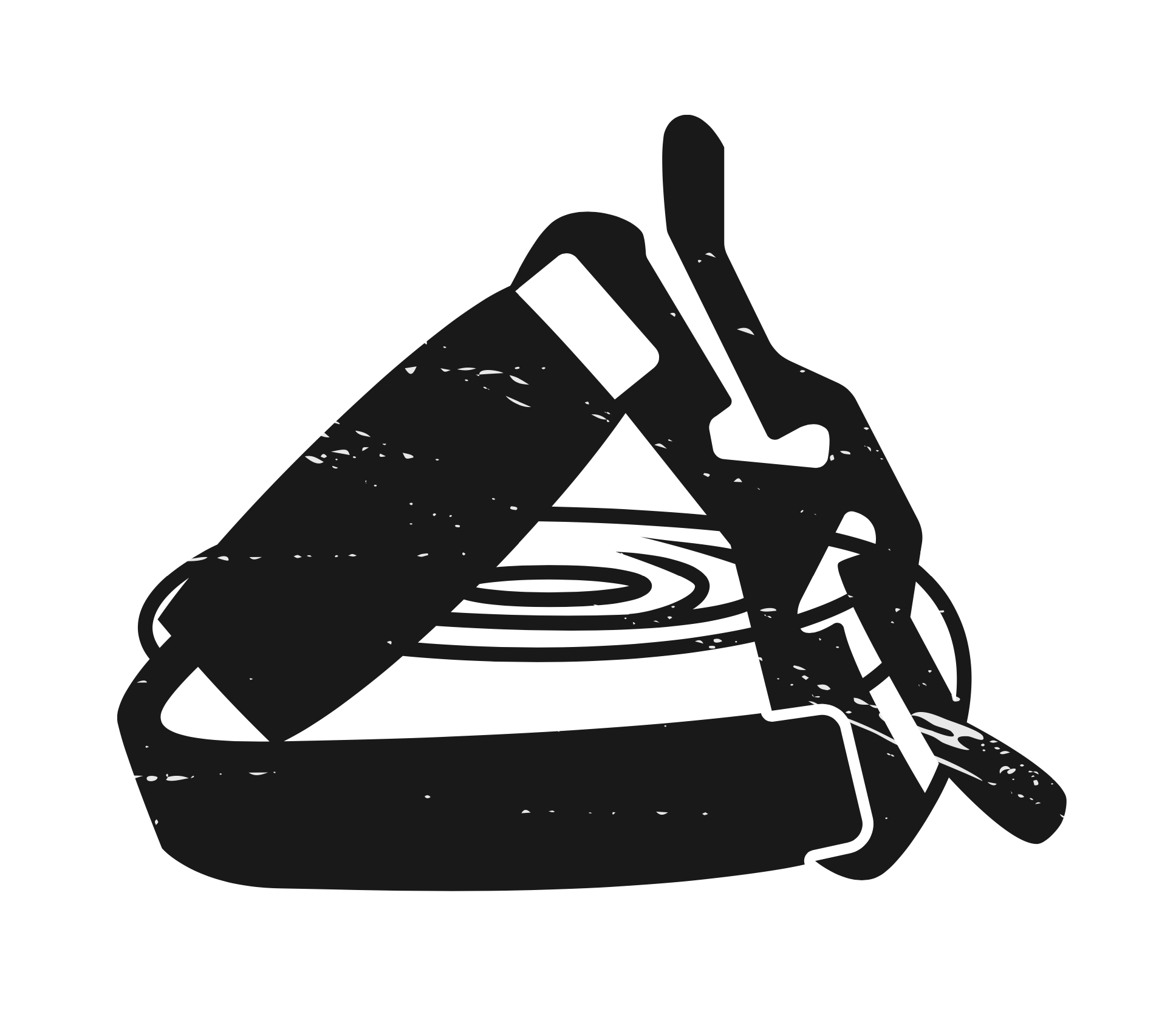

 Tactical Trauma Kits
Tactical Trauma Kits
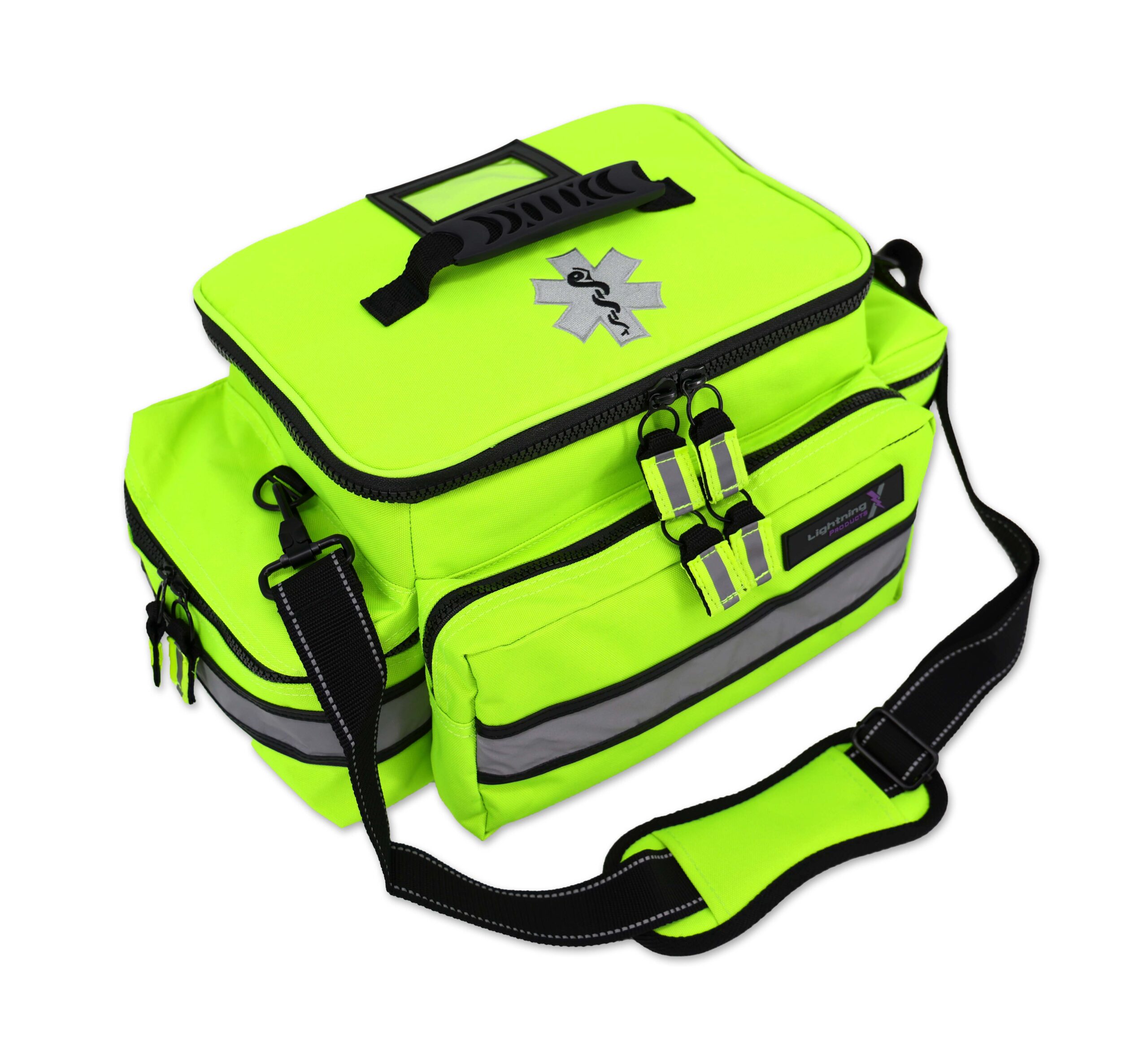

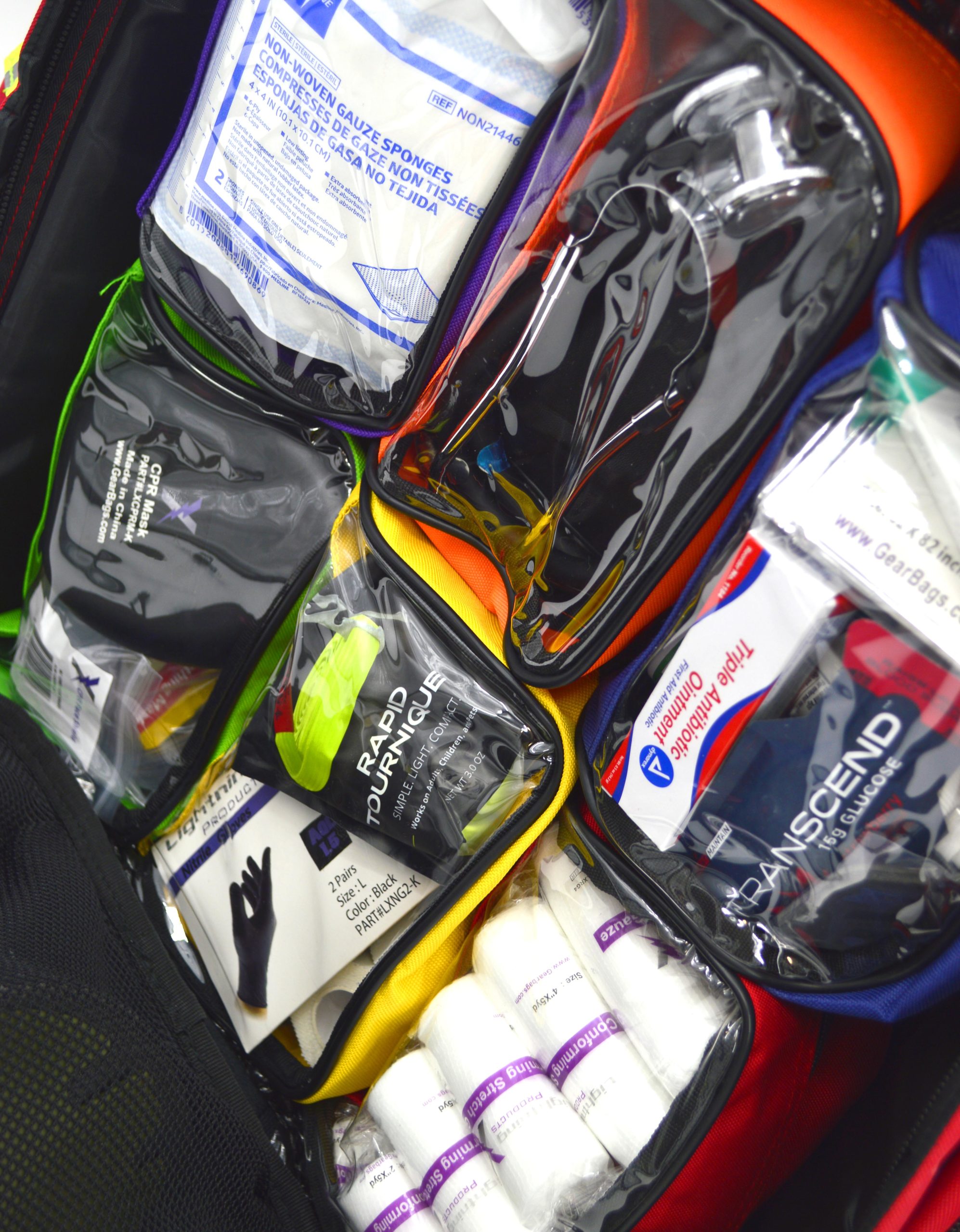
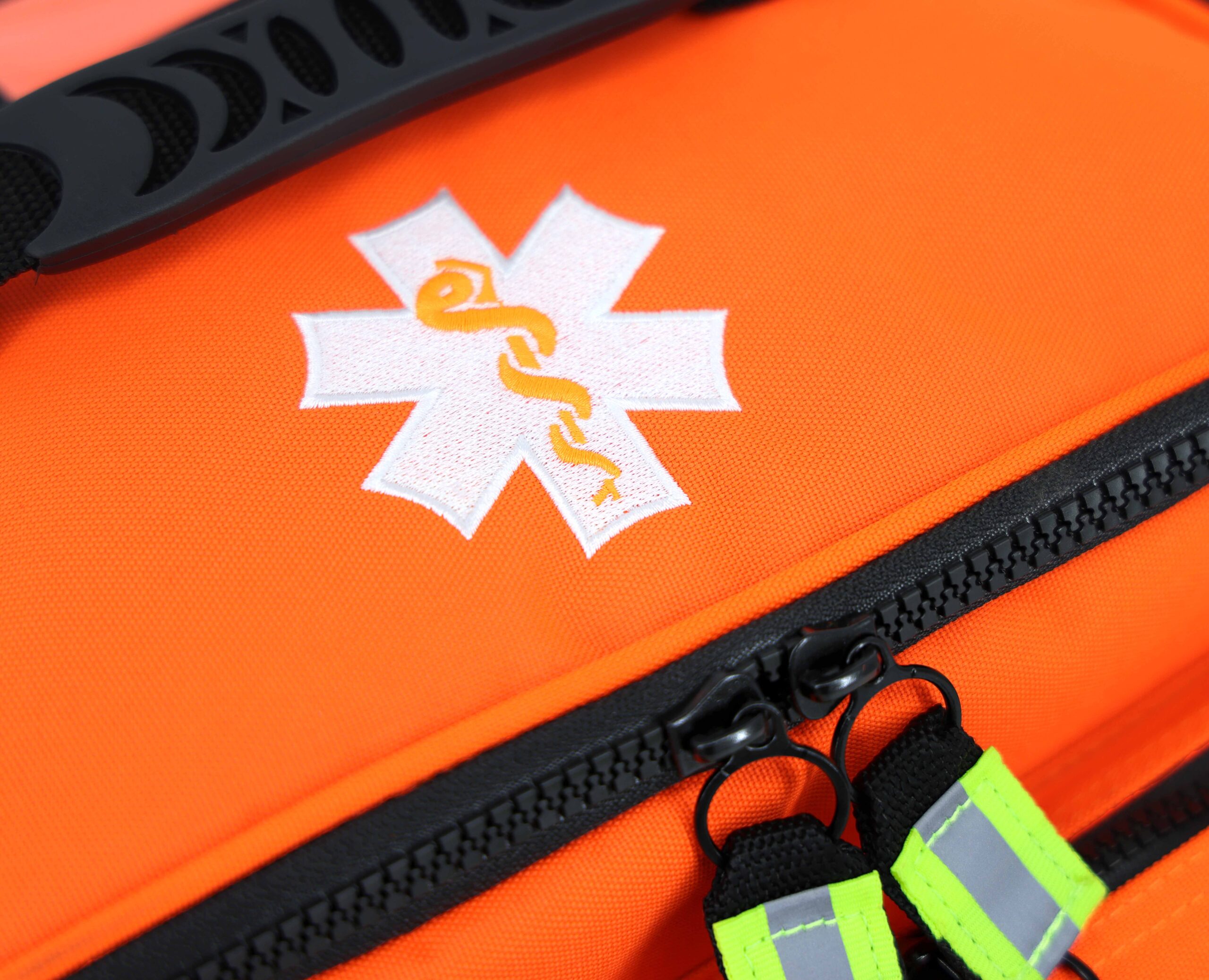
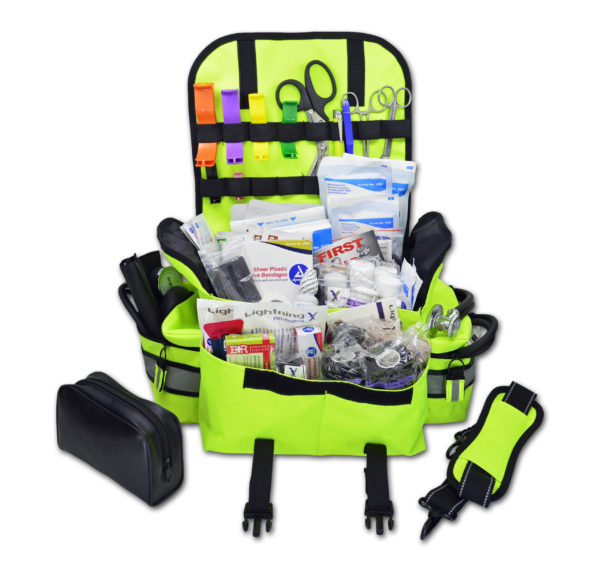
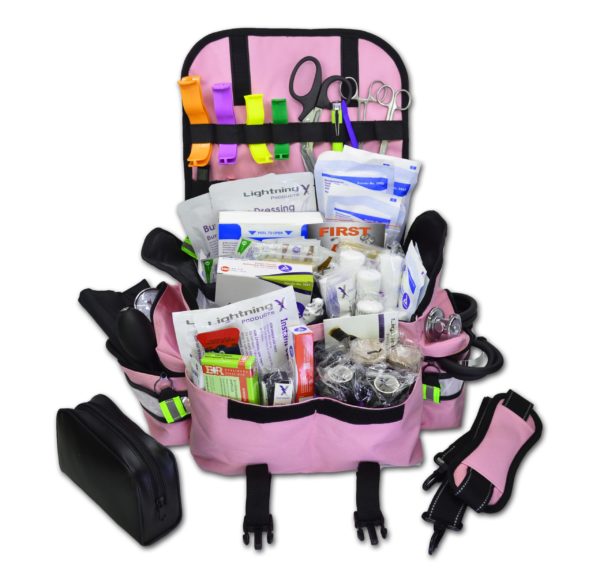






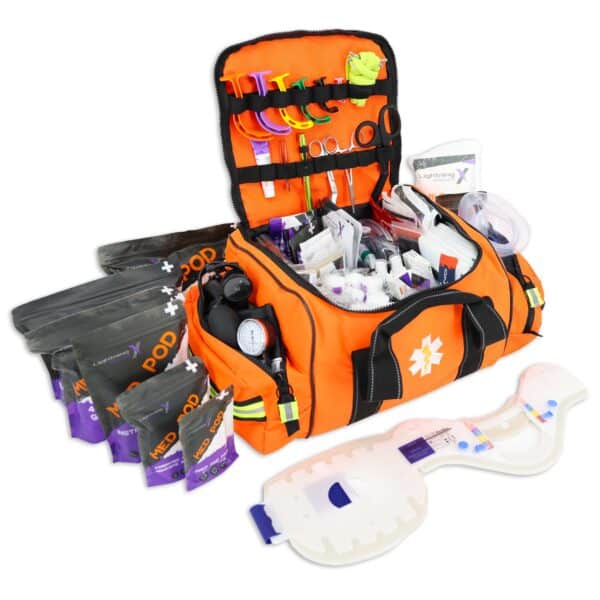
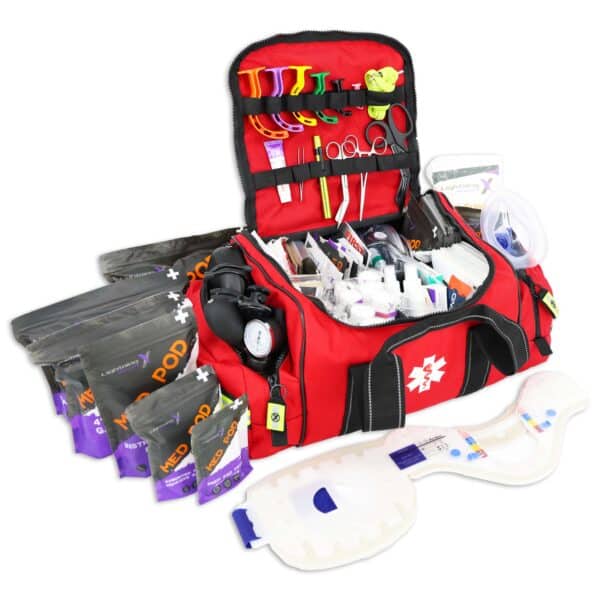
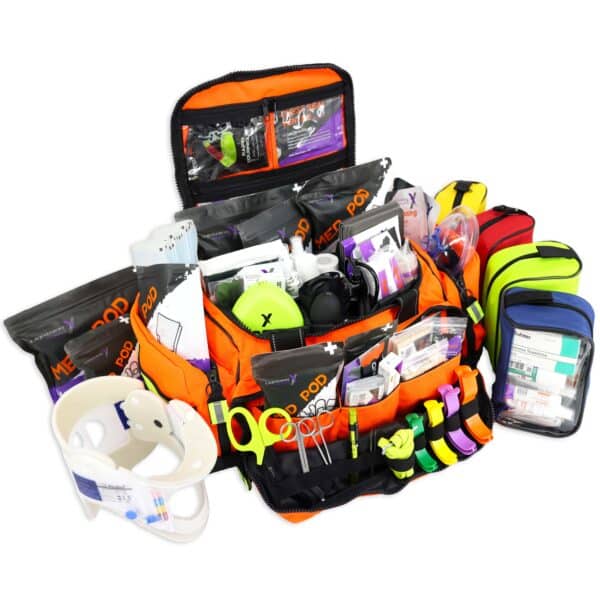
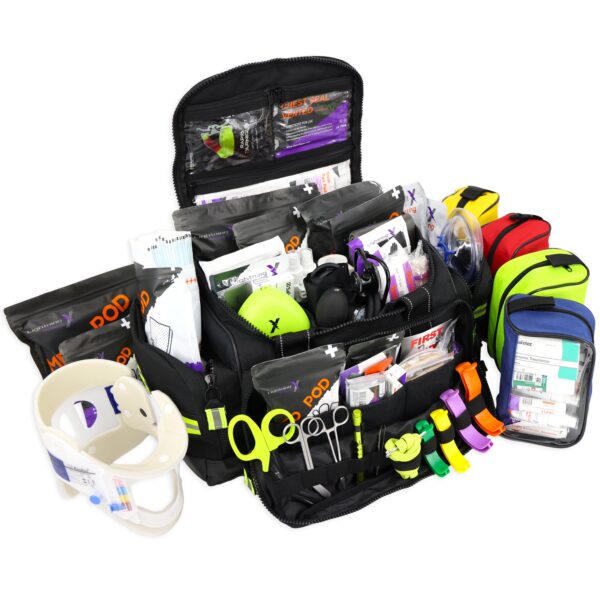
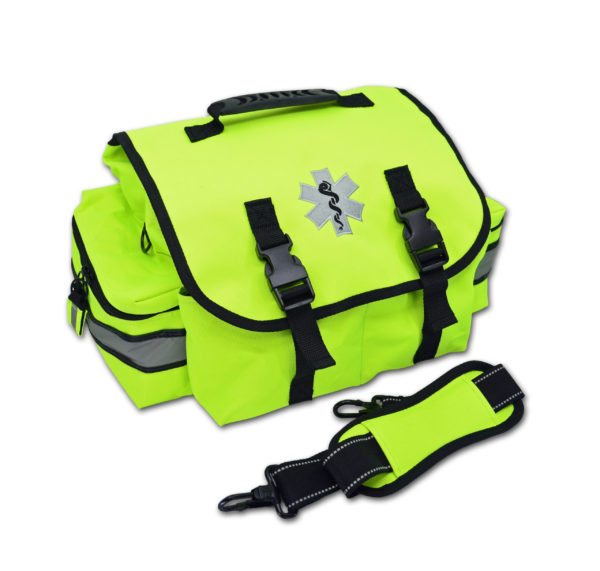
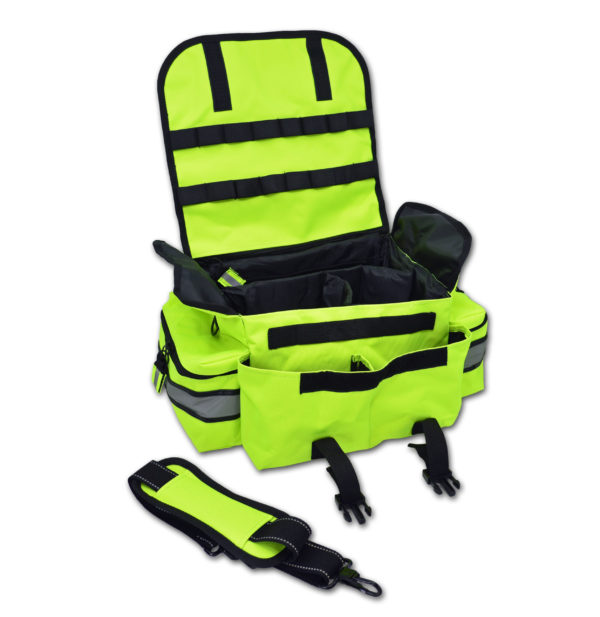
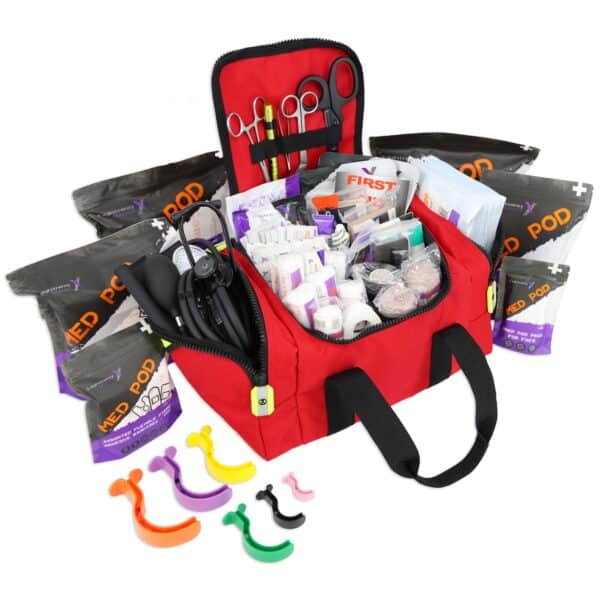
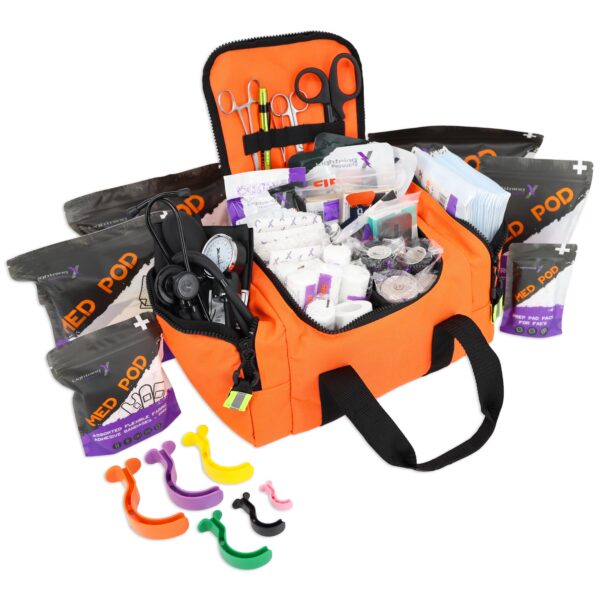
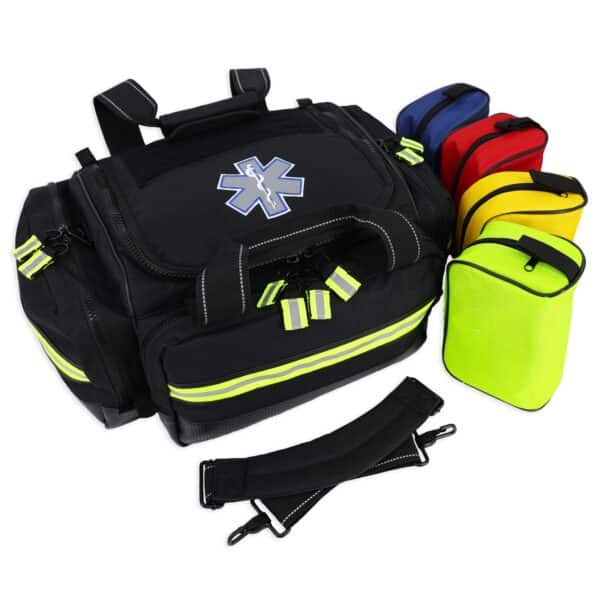
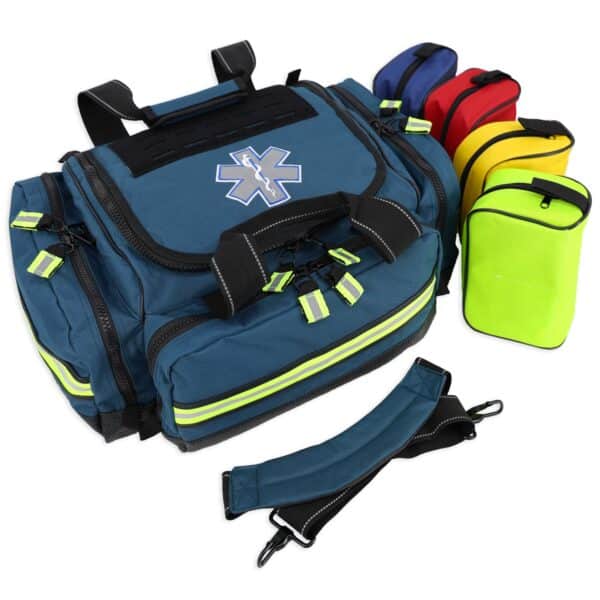
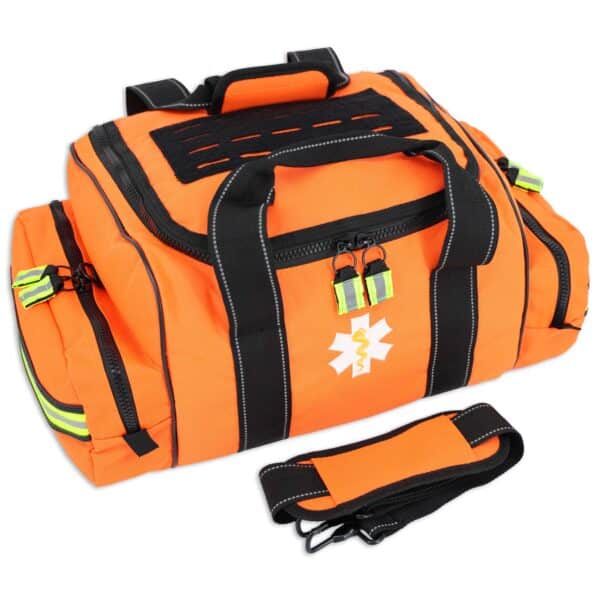

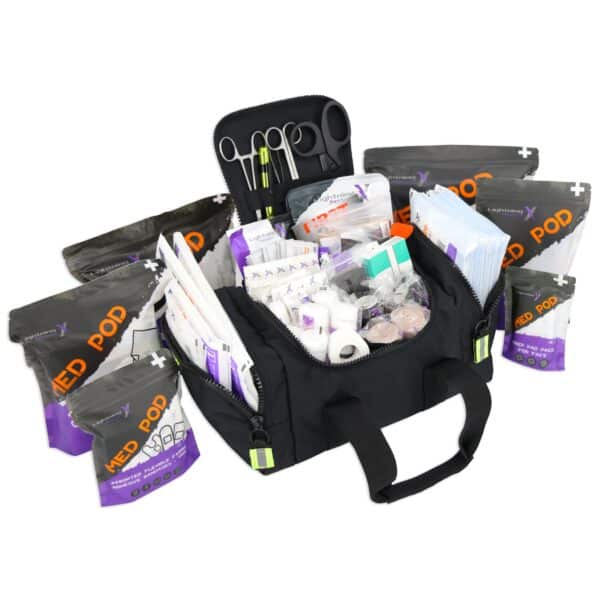

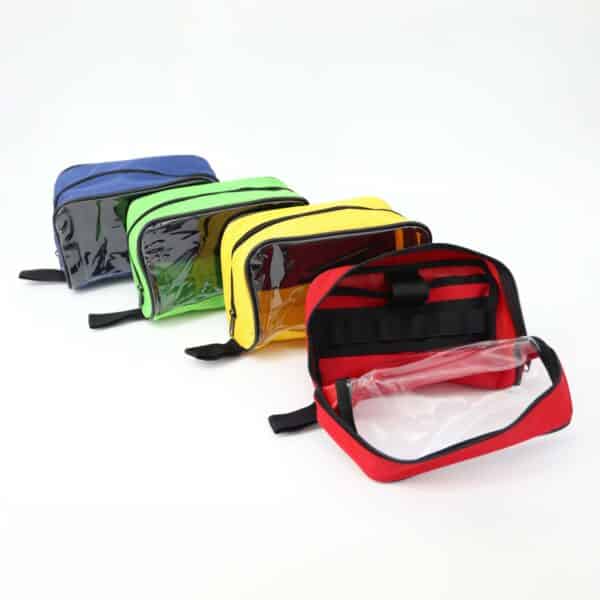

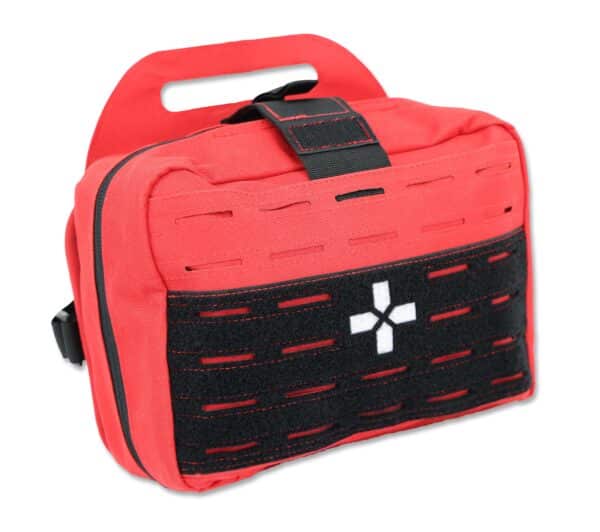


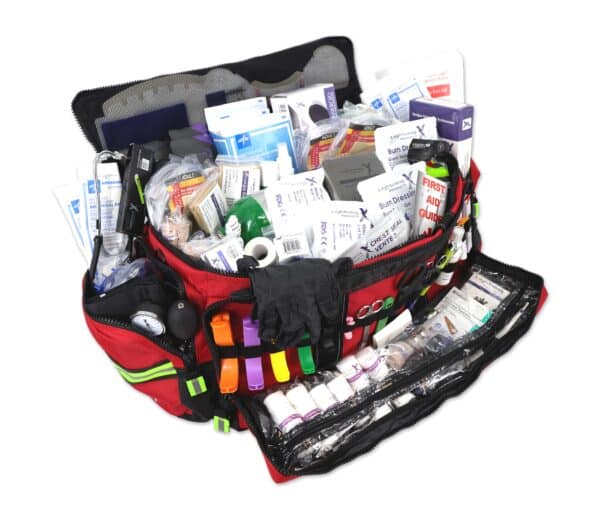
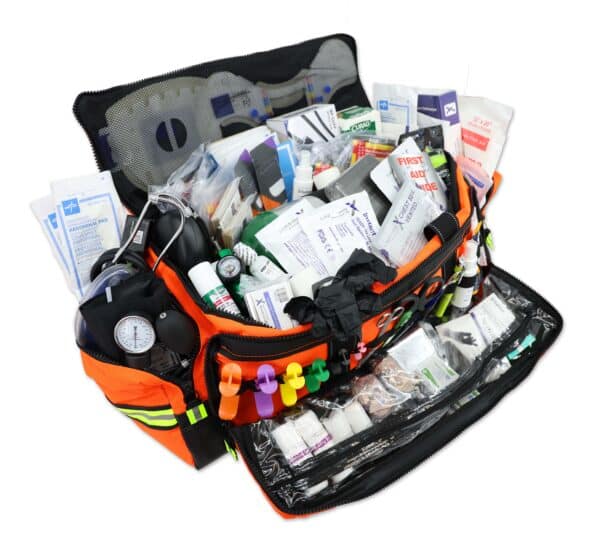
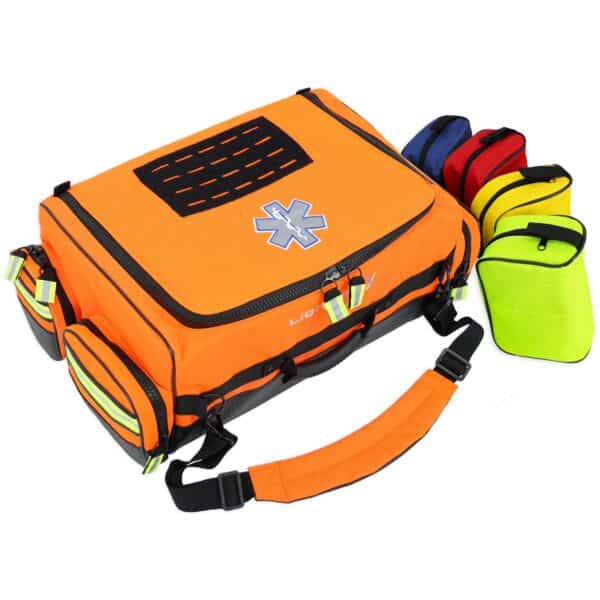
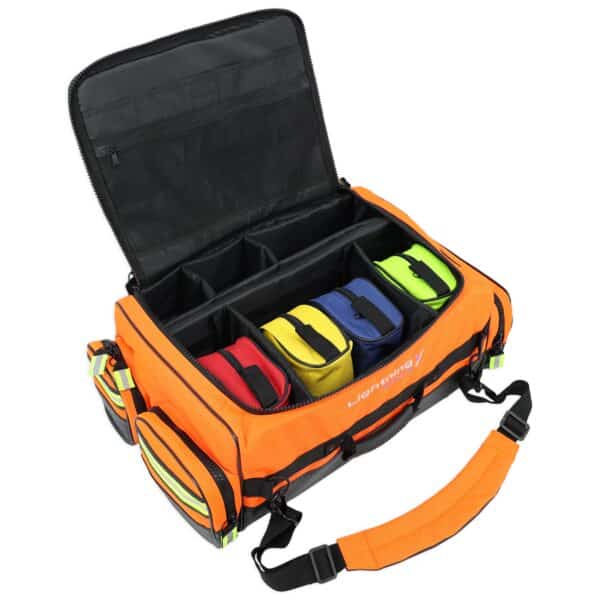
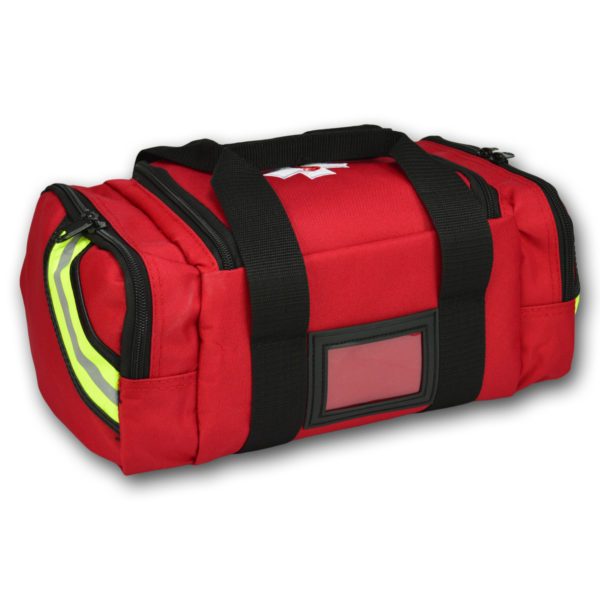
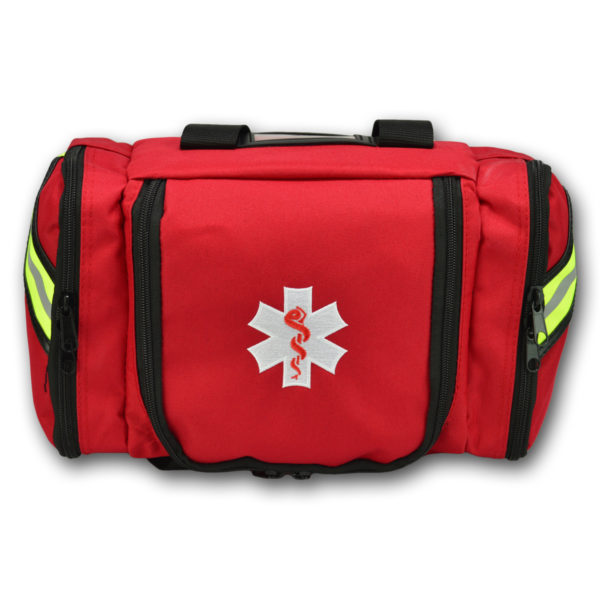
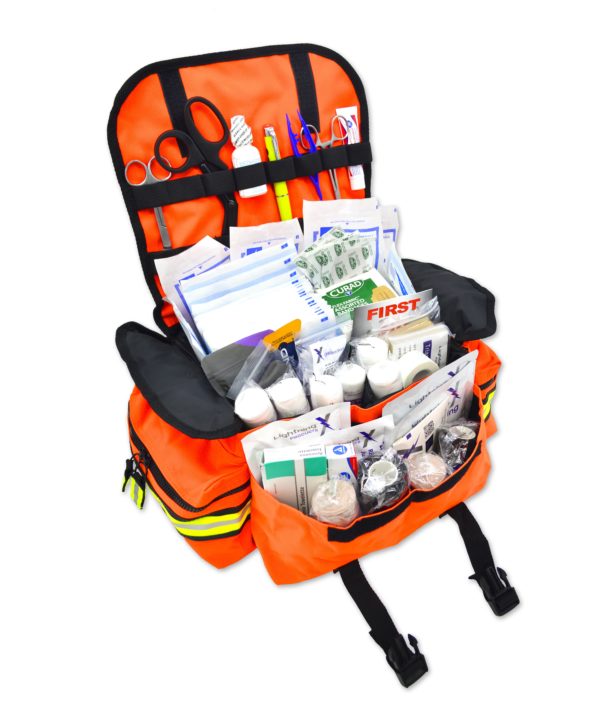
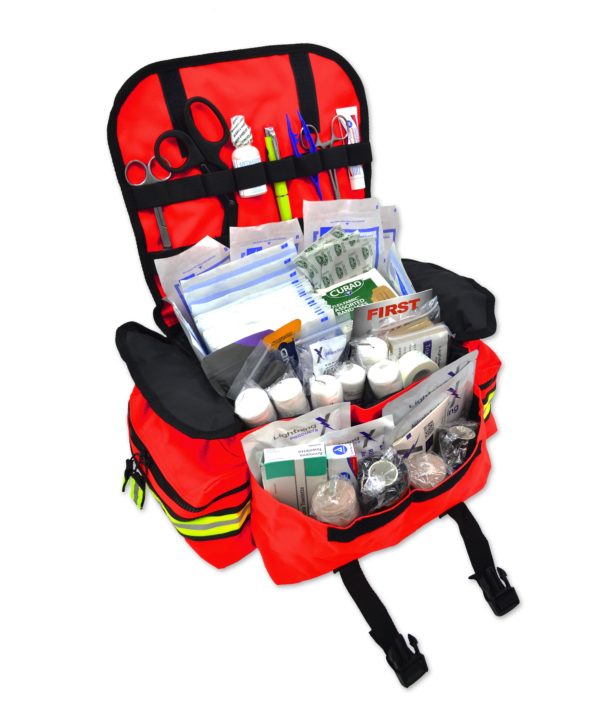
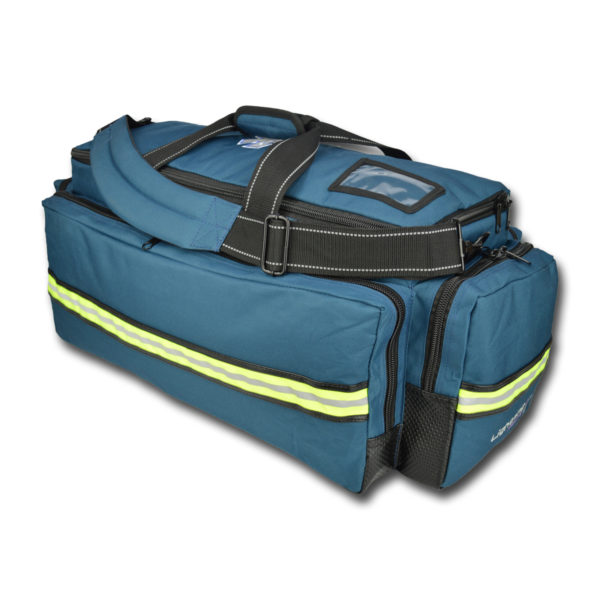
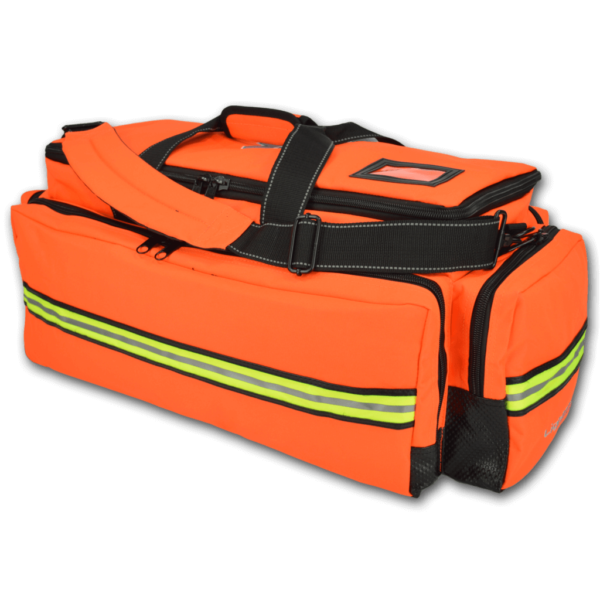
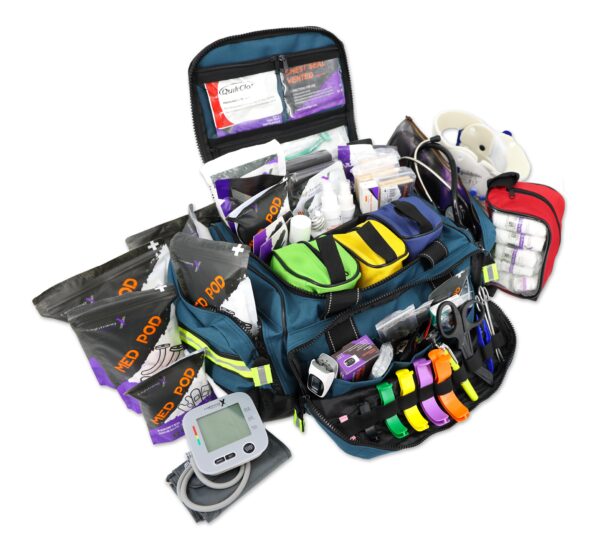
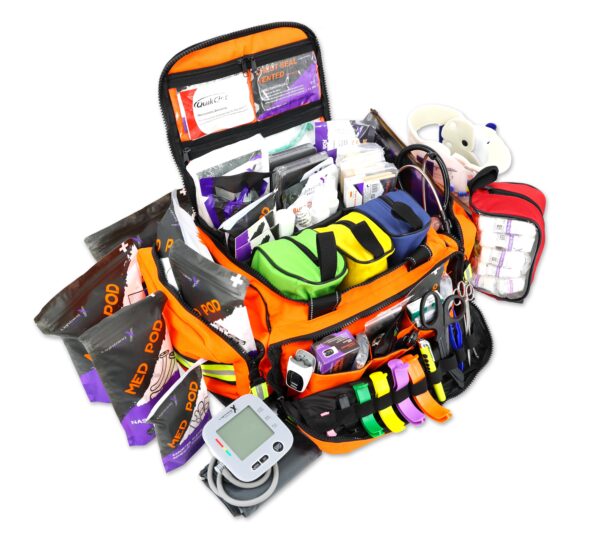

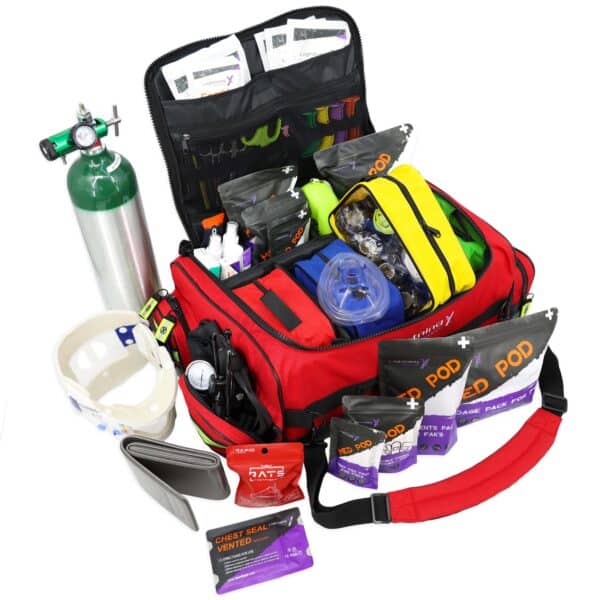

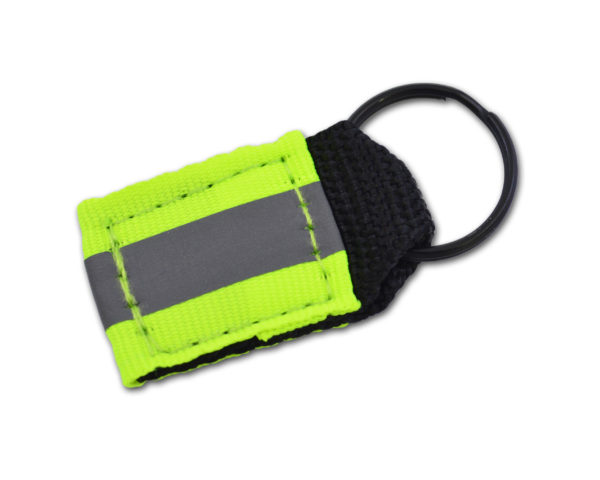
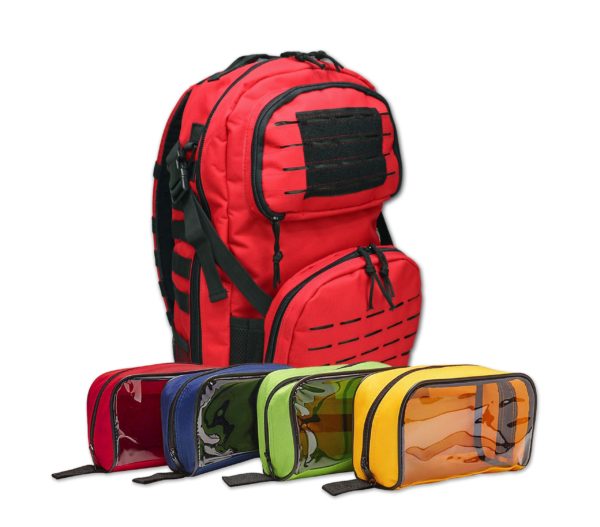
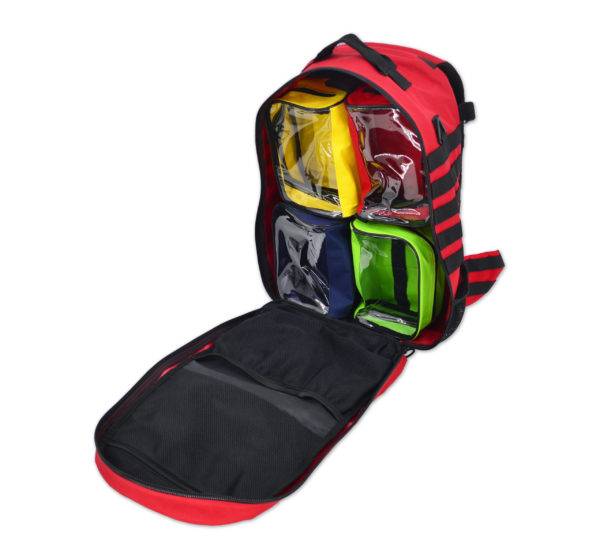

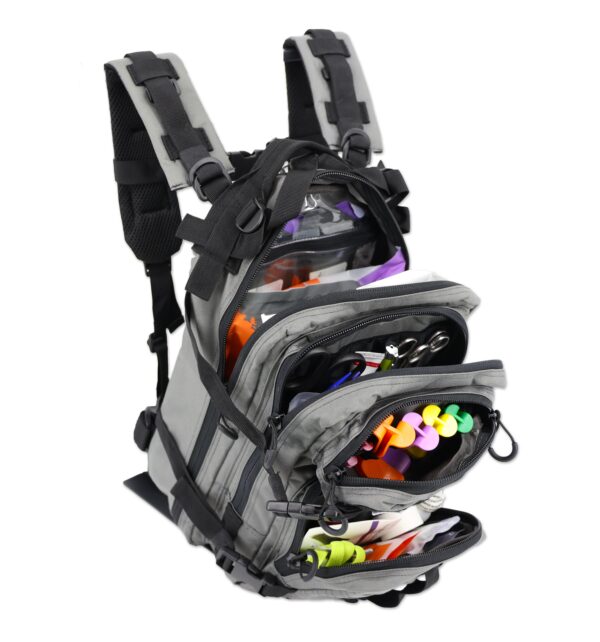
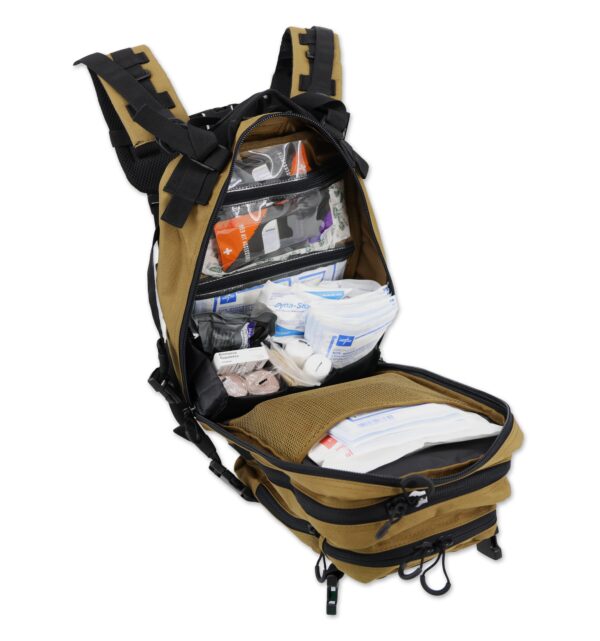







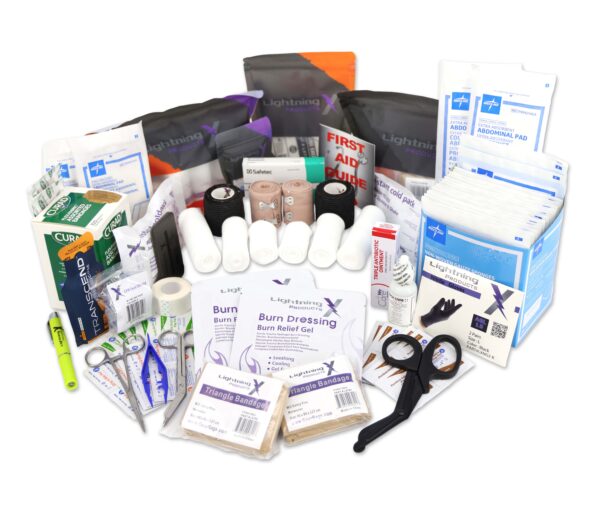

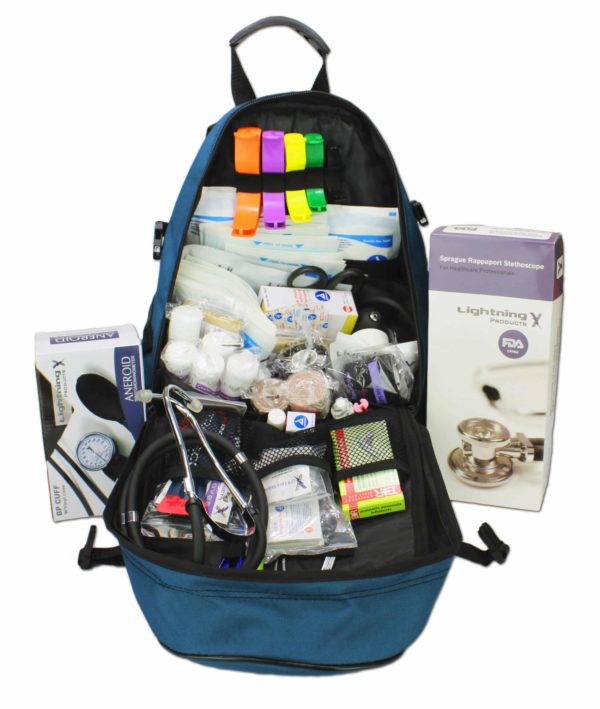
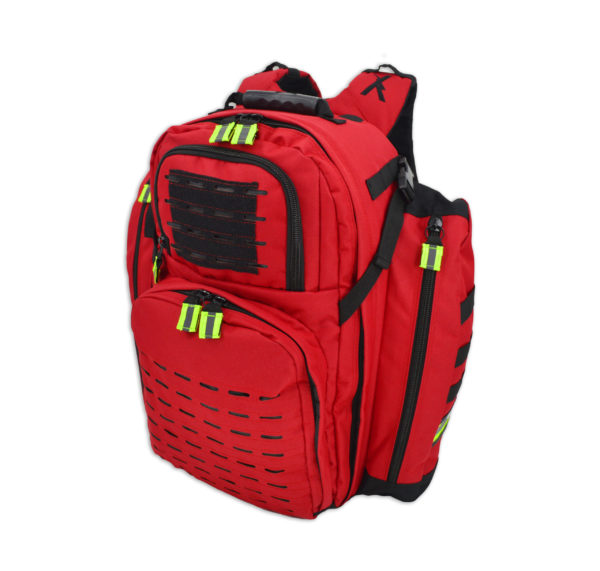
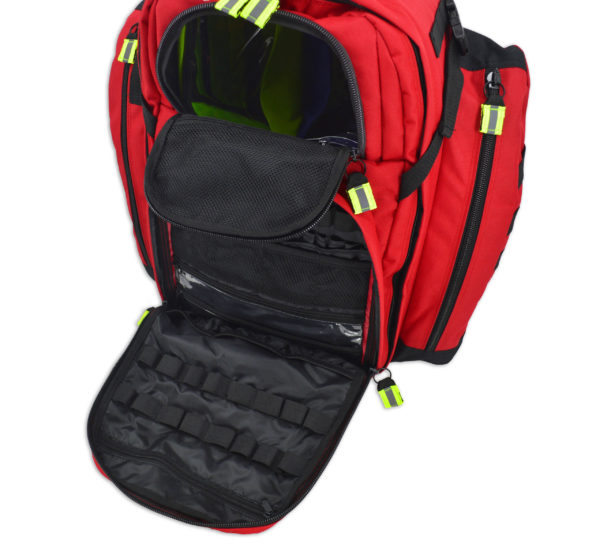

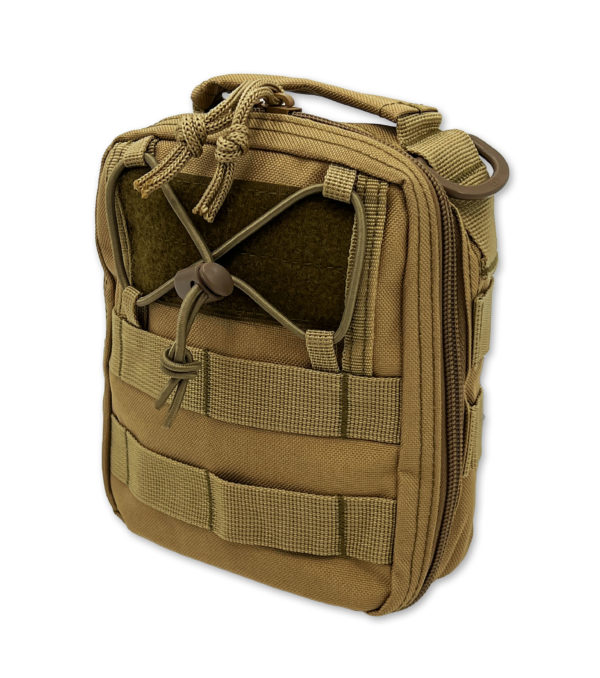
 Bleeding/TacMed
Bleeding/TacMed